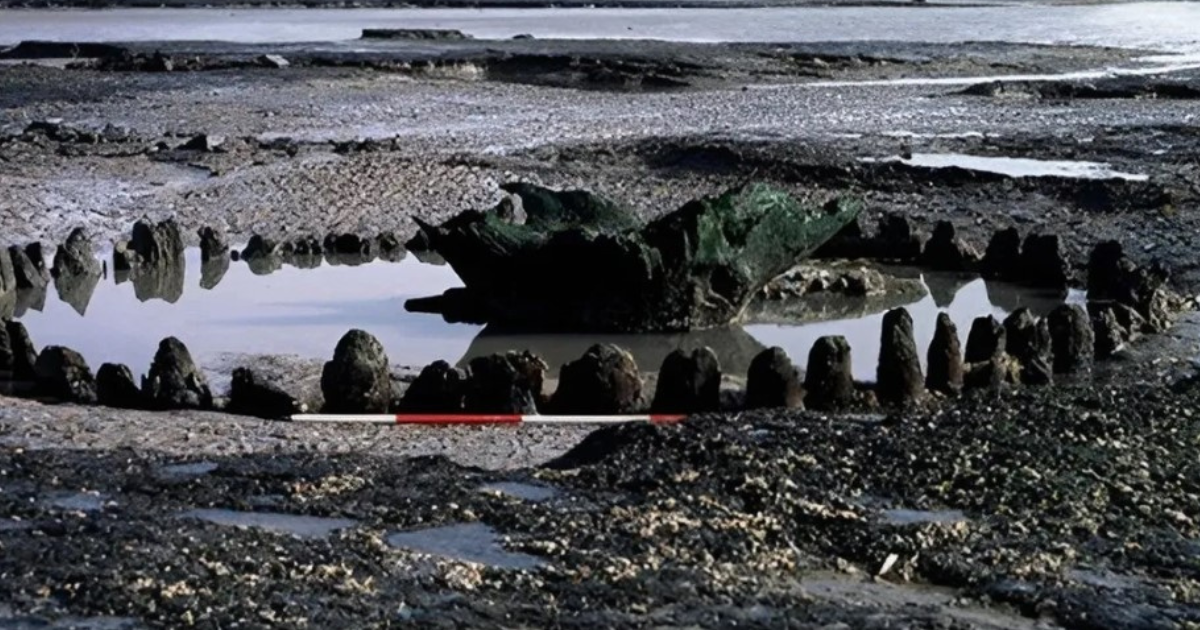
Most people are familiar with the famous Stonehenge monument located in South West England.
What many people don’t know, however, is that there are quite a few other similar monuments throughout the country, and even around the world.
One of the most interesting is known as Seahenge, which is on the East coast of England.
This structure was built over 4000 years ago, and is made of 55 half-split oak trunks, which were placed in an oval shape approximately 23×20 feet across. In the center of the oval is a large upturned oak stump.
Seahenge was discovered in 1998 and has been studied extensively, with various theories proposed about why it was made.
The monument is also called Holme I (Holme II was built about 330 feet away, and is slightly smaller).
Studies on the rings of the trees for both monuments reveal that they were built around 2049 BCE, which is just a few hundred years after Stonehenge itself.
Dr. David Nance from the University of Aberdeen has published a new study that does a detailed analysis of regional folklore, biological evidence, astronomic information, and environmental data to develop some new ideas concerning why the ancient civilizations may have worked on this construction.
“Dating of the Seahenge timbers showed they were felled in the spring, and it was considered most probable that these timbers were aligned with sunrise on the summer solstice.
We know that the period in which they were constructed 4,000 years ago was a prolonged period of decreased atmospheric temperatures and severe winters and late springs placing these early coastal societies under stress.”
This indicates that Holme I was built to ward off the threat of the the cold temperatures. Dr. Nance added:
“The monument’s form appears to imitate two supposed winter dwellings of the cuckoo remembered in folklore: a hollow tree or ‘the bowers of the Otherworld’ represented by the upturned oak-stump at its center. This ritual is remembered in the ‘myth of the pent cuckoo’ where an unfledged cuckoo was placed into a thorn bush and the bird was ‘walled-in’ to extend the summer but it always flew away.”
The Holmes II monument, on the other hand, looks like it may have been a burial mount. Dr. Nance says:
“Evidence suggests that they were ritually-sacrificed every eight years at Samhain (now Halloween) coincident with the eight-year cycle of Venus. The fixtures in Holme II that were thought to hold a coffin, are orientated towards sunrise on Samhain in 2049 when Venus was still visible.”
Learning more about these types of monuments helps to teach us about how these ancient civilizations lived, which is valuable information about our past.
Ancient monuments have a lot to teach us about our history.
If you thought that was interesting, you might like to read a story that reveals Earth’s priciest precious metal isn’t gold or platinum and costs over $10,000 an ounce!